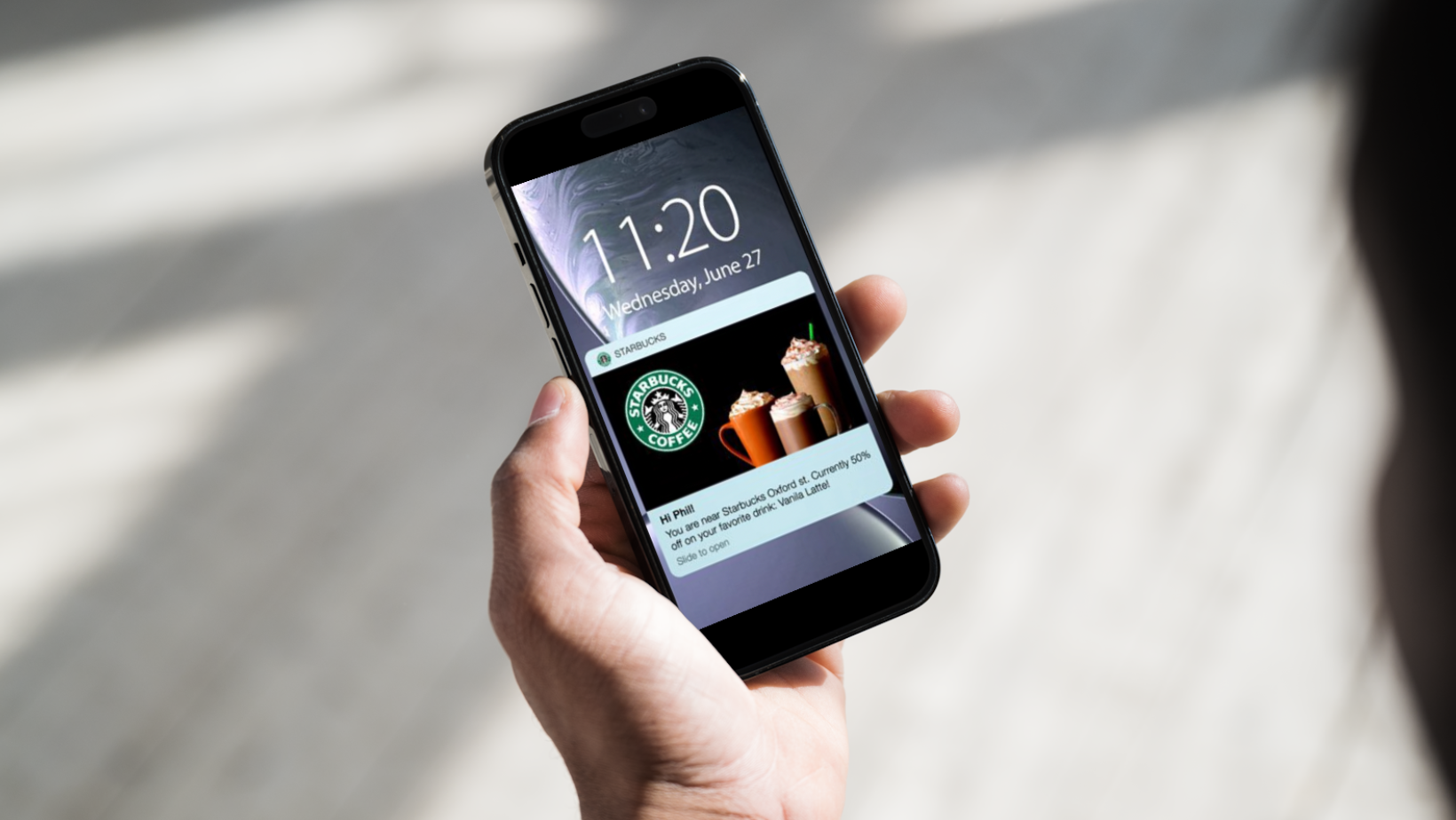3 Unique Ways to Keep Your Menu Fit for Healthy Customers
L.E.K.’s study on food consumption trends in the U.S. found that 63% of Americans say they try to almost always eat healthily, and 93% say they want to eat healthy foods at least some of the time. As consumers become more health-conscious, some local restaurants are finding themselves in a pickle. But fear not! With a few strategic moves, local eateries can still satisfy their customers' cravings for delicious food while catering to their growing desire for healthier options.
Provide Calorie & Nutritional Information
Some parts of the world are now legally requiring restaurants to include calorie and nutritional information on their menus. In the UK, quick-service restaurants and cafes with over 250 employees can be fined for failing to state caloric information on their menu items. While in the US, restaurants with more than 20 locations across the country are required to disclose calorie counts on all menu items.
Why’s this important?
Well, with the increase in diet-related health problems like obesity, diabetes, and heart disease, more and more people are becoming health-conscious and aware of the importance of a balanced diet. By providing this information on menus, consumers can better understand the nutritional value of their food choices and make more informed decisions about what to order.
To make it easier for customers, some restaurants use symbols or icons to indicate which menu items are healthier choices, like a heart symbol indicating a low-fat or low-sodium options. But here's the thing: just because a food is labeled as "healthy" doesn't necessarily mean it's great for weight loss. Even salads can quickly turn into calorie bombs when they're loaded with high-calorie toppings like cheese, croutons, and creamy dressings. That's why customers should be aware of the calorie and nutritional content of all menu items, no matter what they’re labeled as. It might even sway some folks to go for a juicy burger instead!
Offer Customization Options
Many people have specific dietary restrictions or preferences, such as gluten-free, vegetarian, or low-carb diets. Customization options are a great way to cater to customer’s individual needs and preferences, by letting them swap out ingredients or customize their meals to fit their nutritional goals.
Build-your-own
Offer a "build-your-own" option, where customers can choose from a list of ingredients and create their own dish. For example, a pizza place might allow customers to choose their crust, sauce, cheese, and toppings.
Modifiers
Allow customers to make modifications to existing menu items, like adding or removing ingredients or adjusting cooking methods.
Portion control
Offer portion-controlled meals, where customers can choose from different sizes or options to fit their needs. For example, offer a "lunch portion" or "dinner portion" of a particular dish..png?width=844&height=384&name=Untitled%20design%20(81).png)
Promote Healthy Drinks
Last but not least, let's not forget about drinks! Technomic’s 2022 Beverage Consumer Trend Report found that specialty beverages sales increased by 37%, despite the pandemic. Plus, 27% of consumers said they’d be likely to order drinks that offer functional benefits, and that number’s even higher with younger customers (37%).
Consider promoting healthier beverage options like freshly squeezed juices, smoothies, or herbal teas, instead of sugary sodas or alcoholic beverages. Offer low-calorie drinks such as flavored water, unsweetened iced tea, or diet soda. Or create your own signature health drinks that offer unique flavor combinations and healthy ingredients, like a custom-flavour kombucha. These can also be advertised as a specialty item to help to differentiate yourself from your competitors.
With a little creativity, local restaurants can keep up with the growing trend of health-conscious consumers without sacrificing flavor. Who says you can't have your cake and eat it too? (Just maybe make it a healthier version.)
Dig Deeper: Here's how to know when it's time to update your menu.


.png)